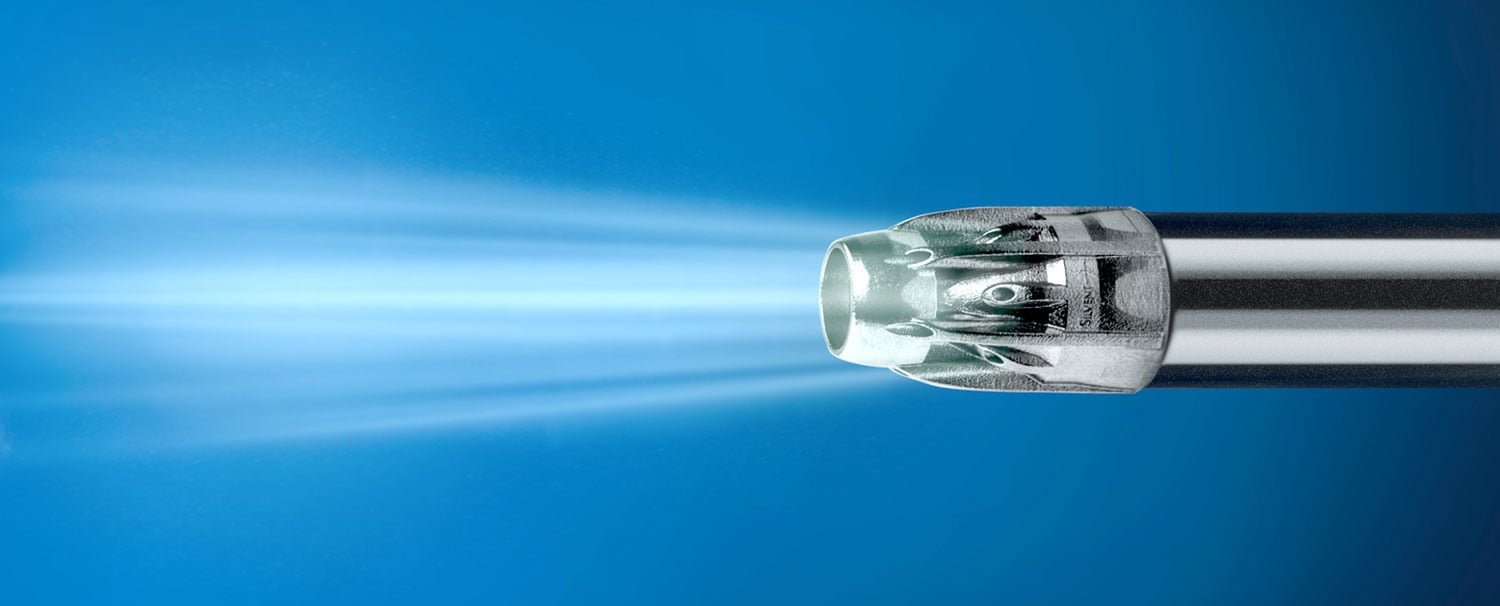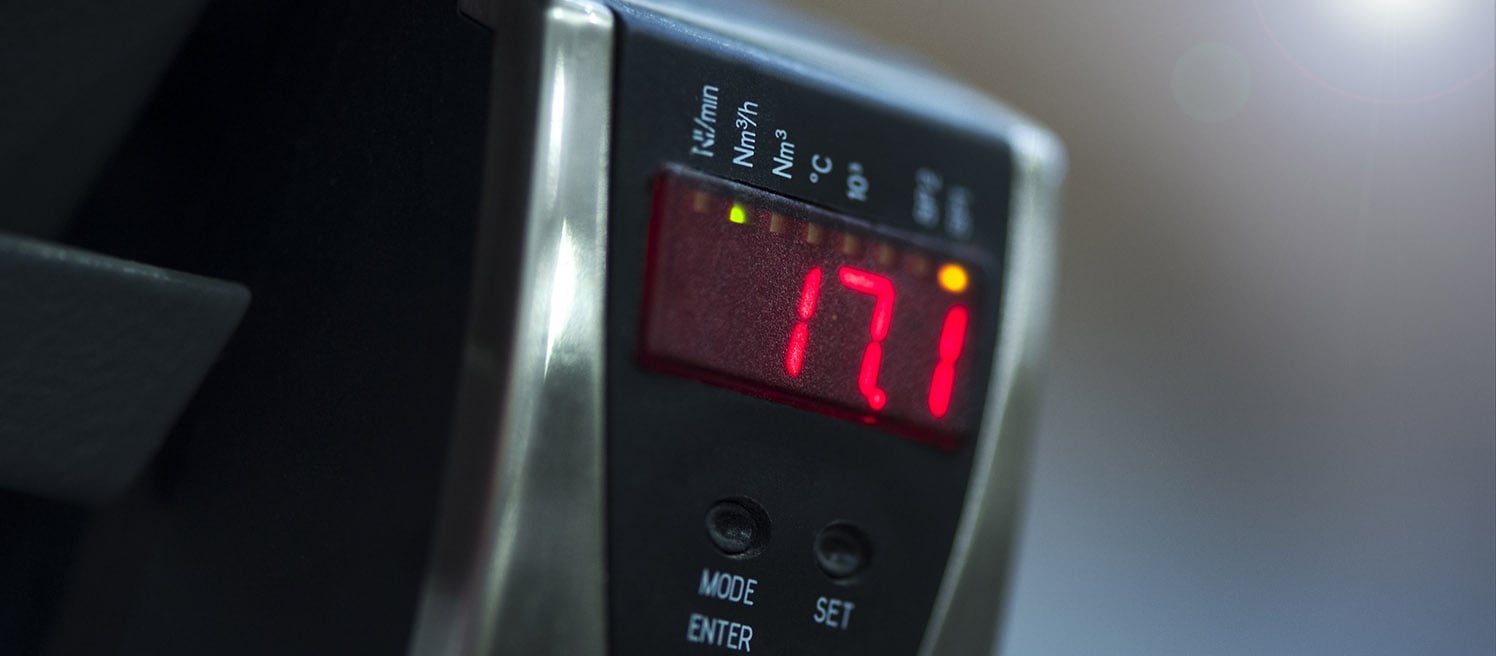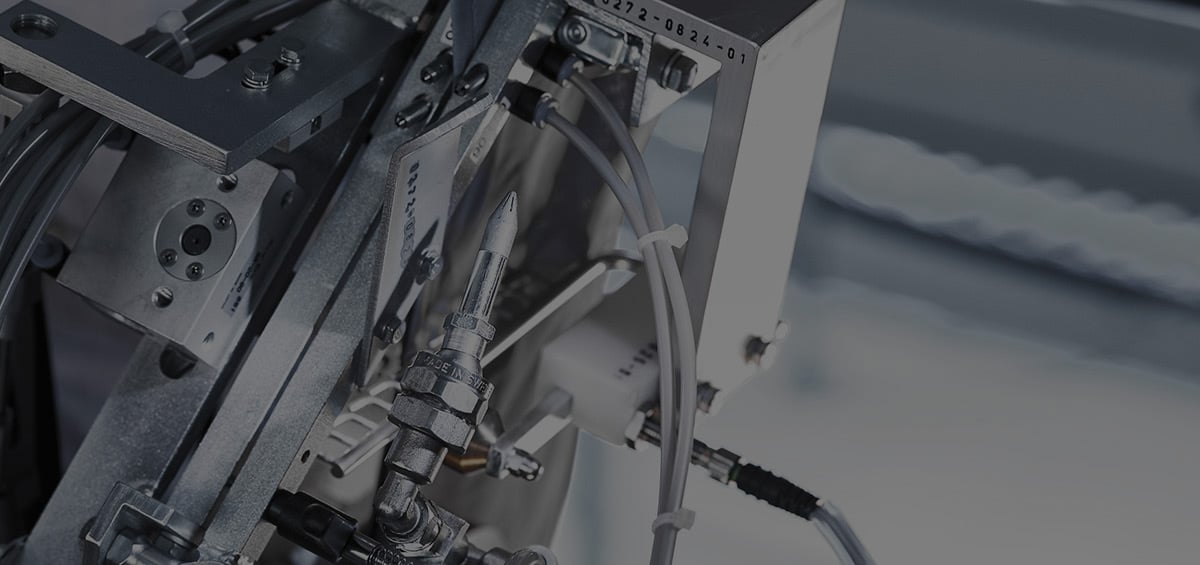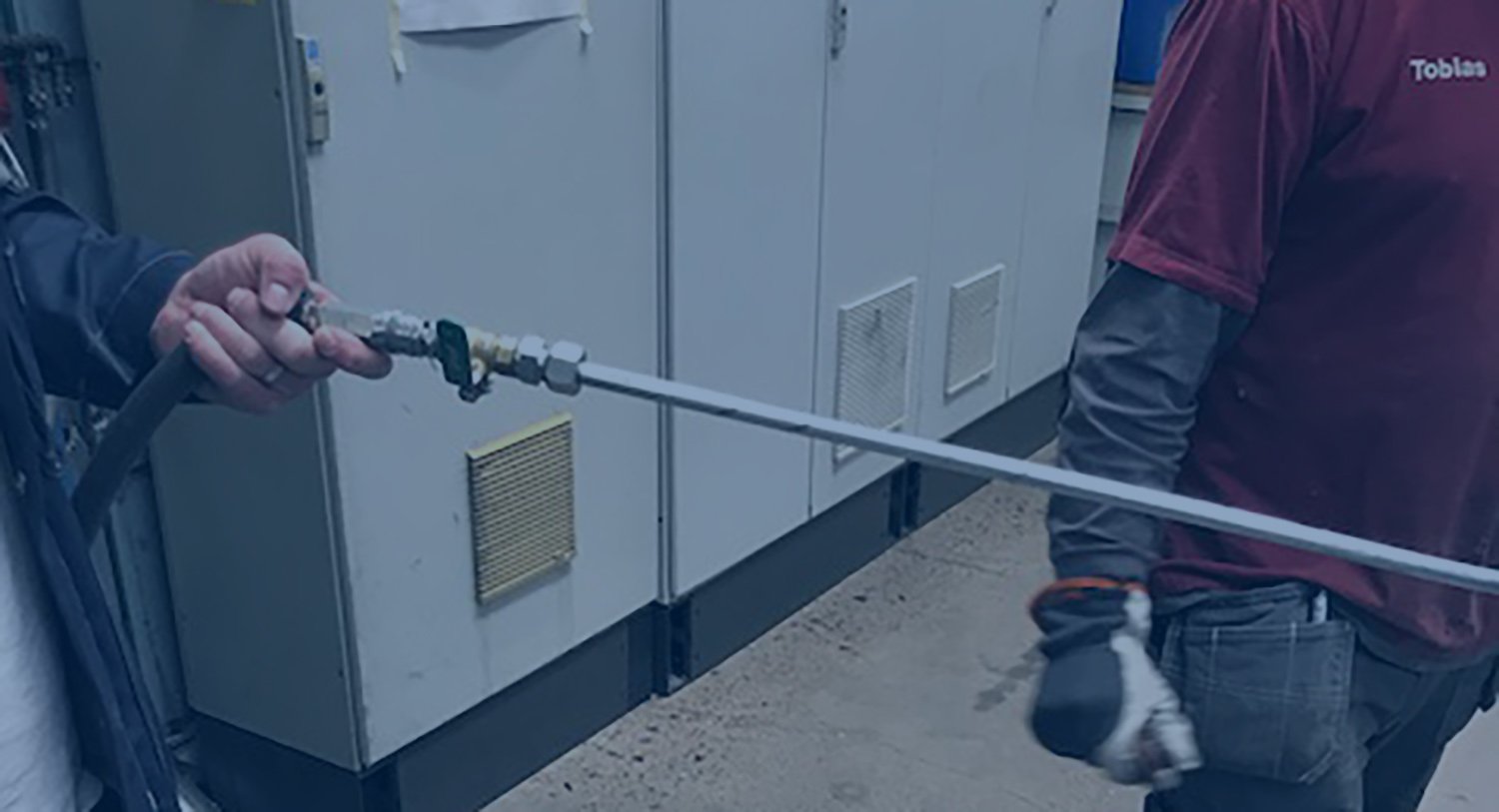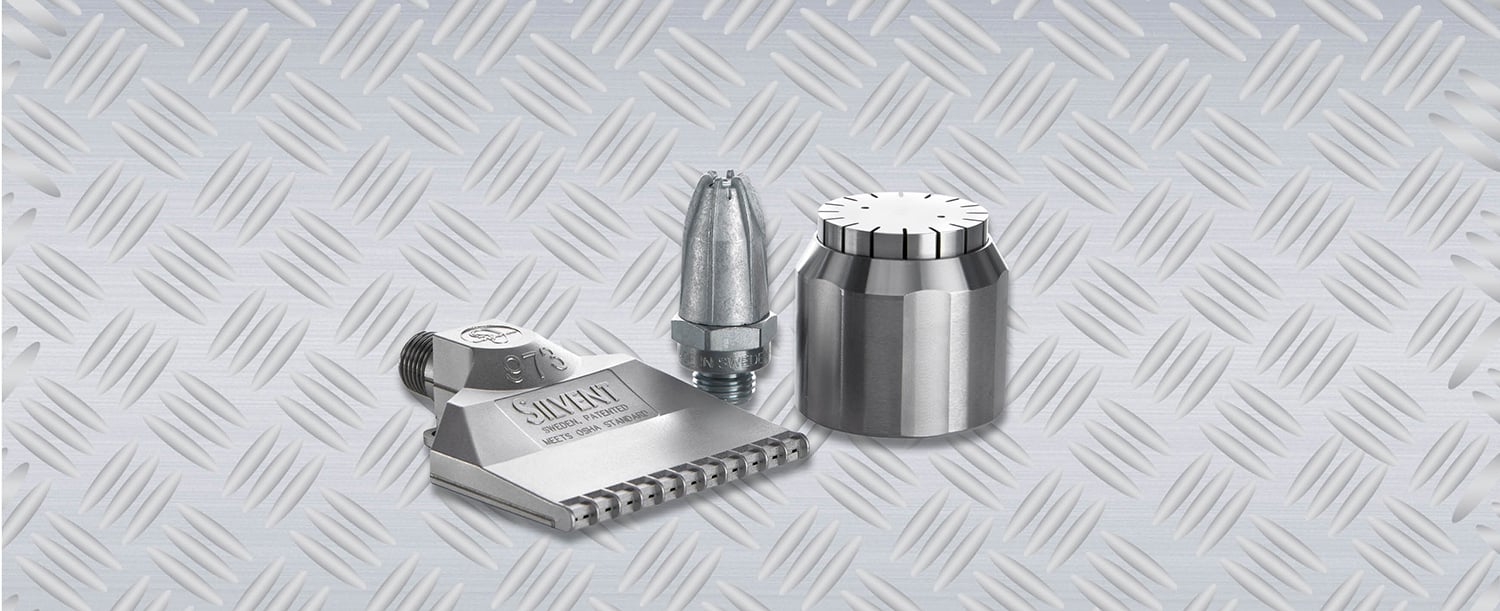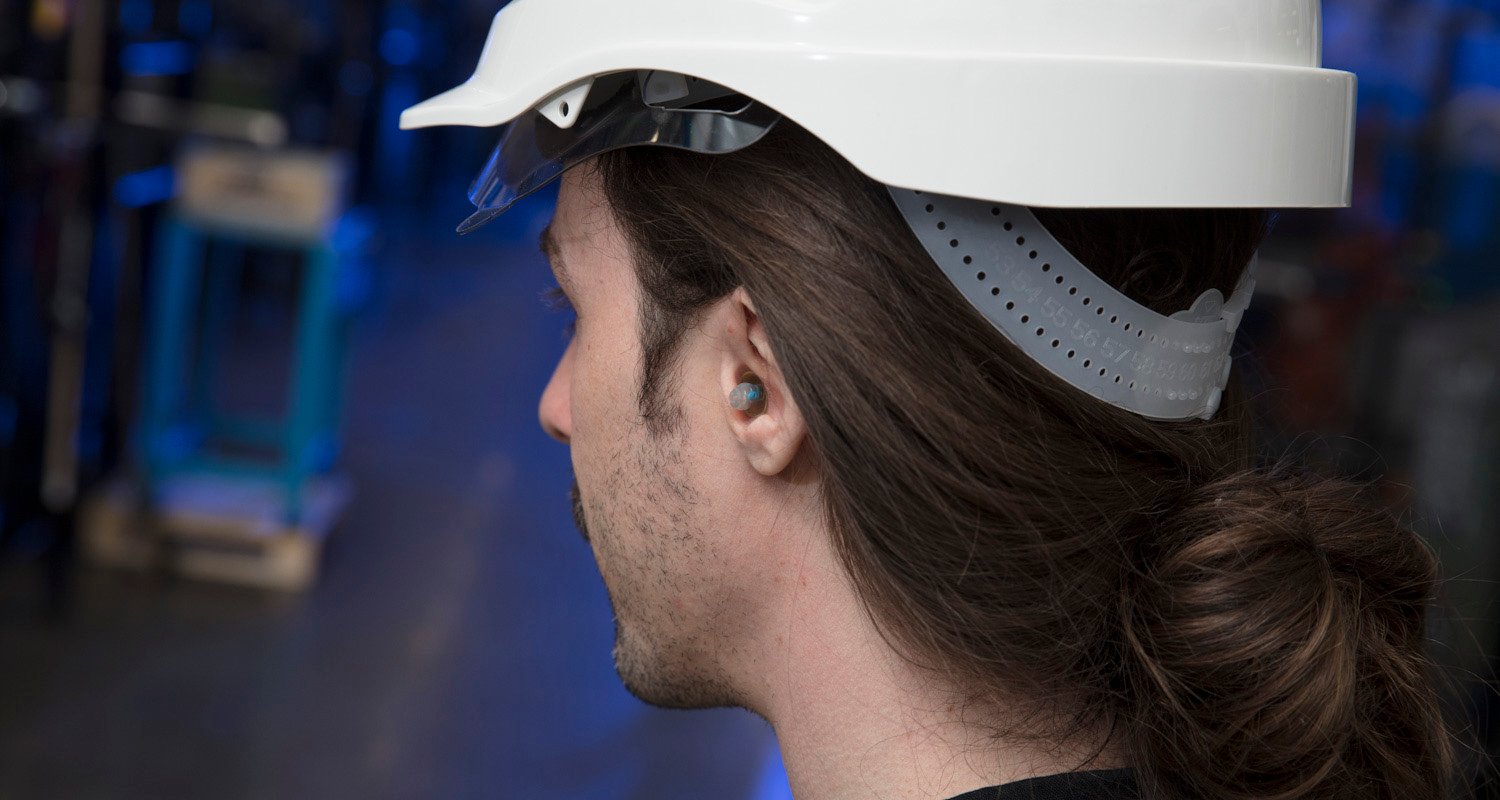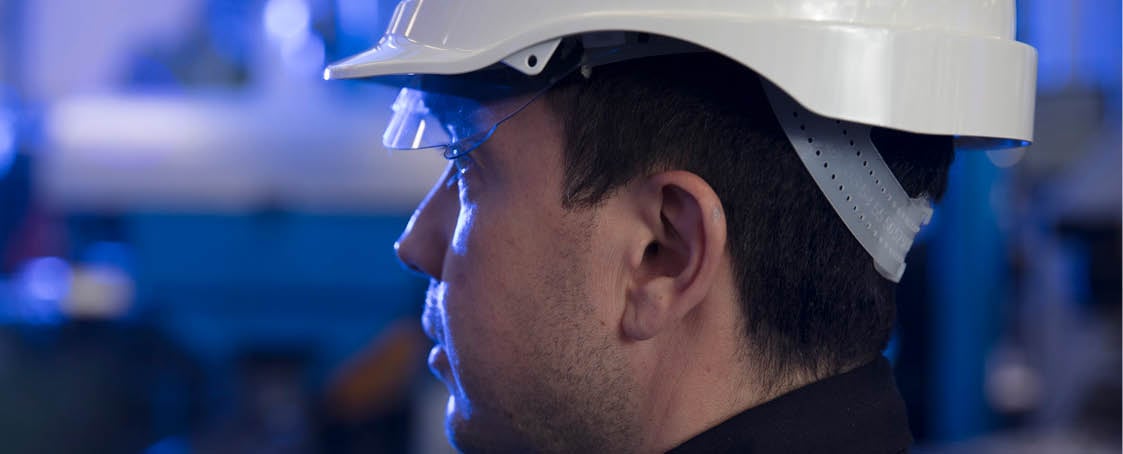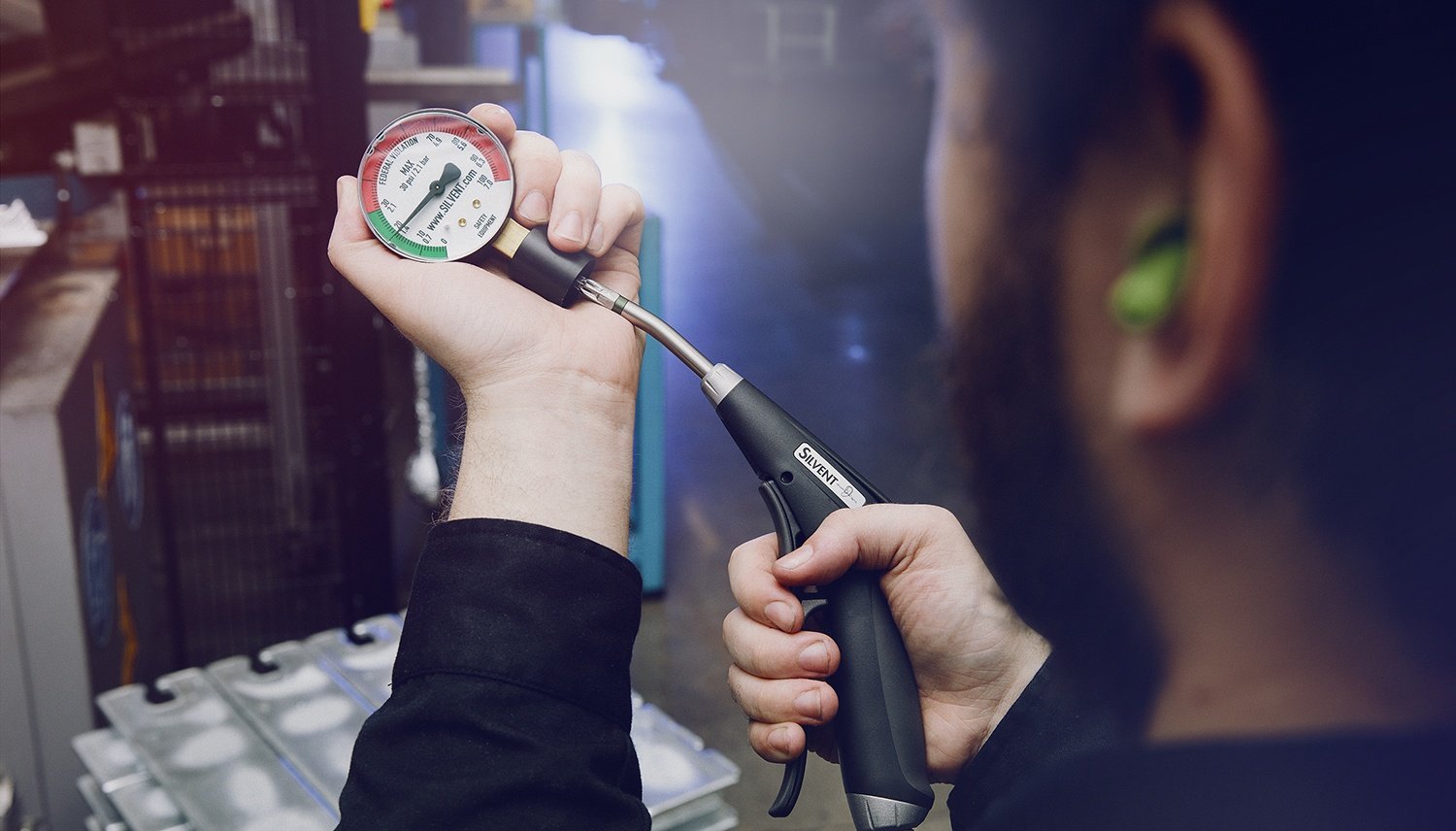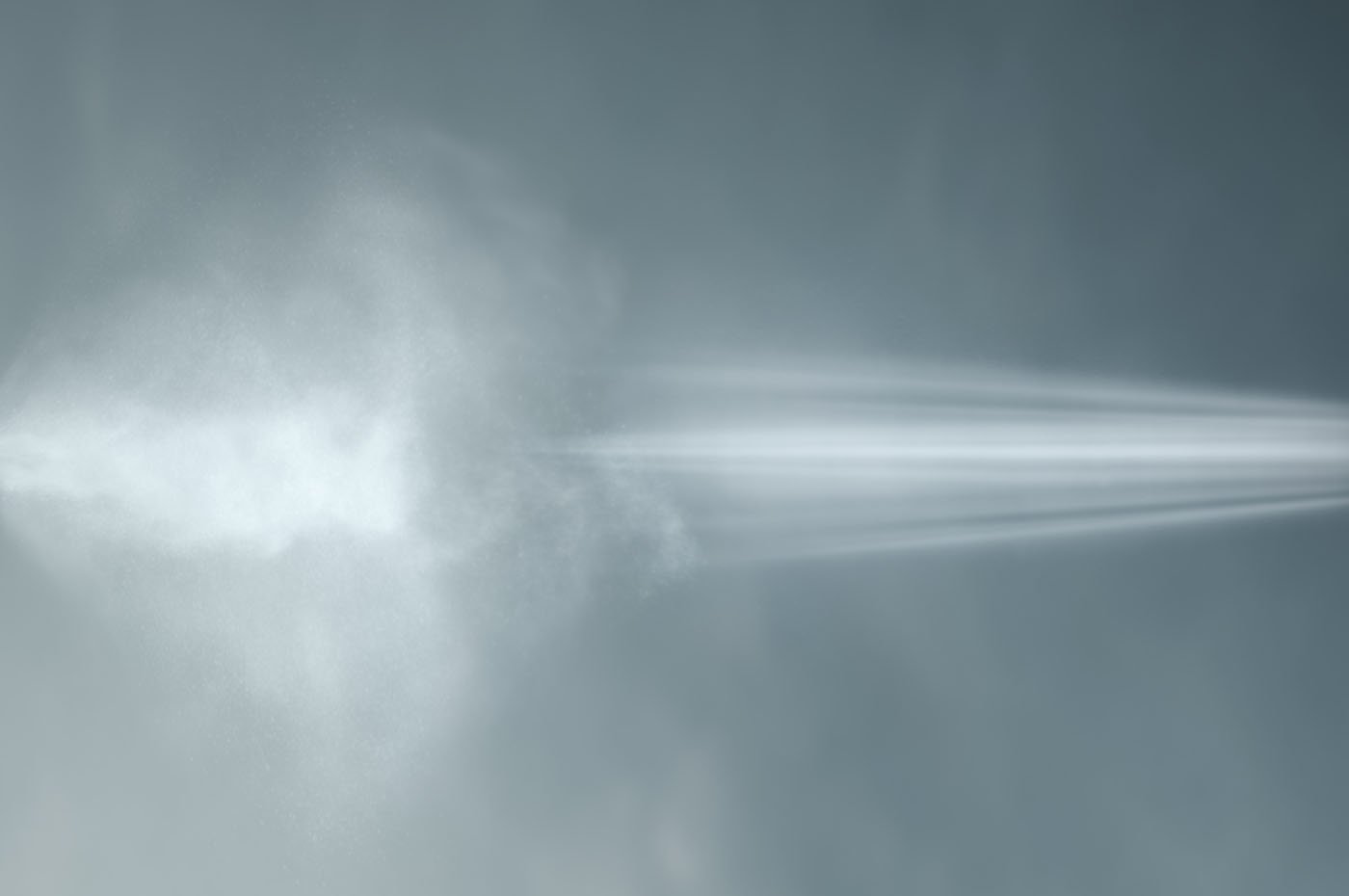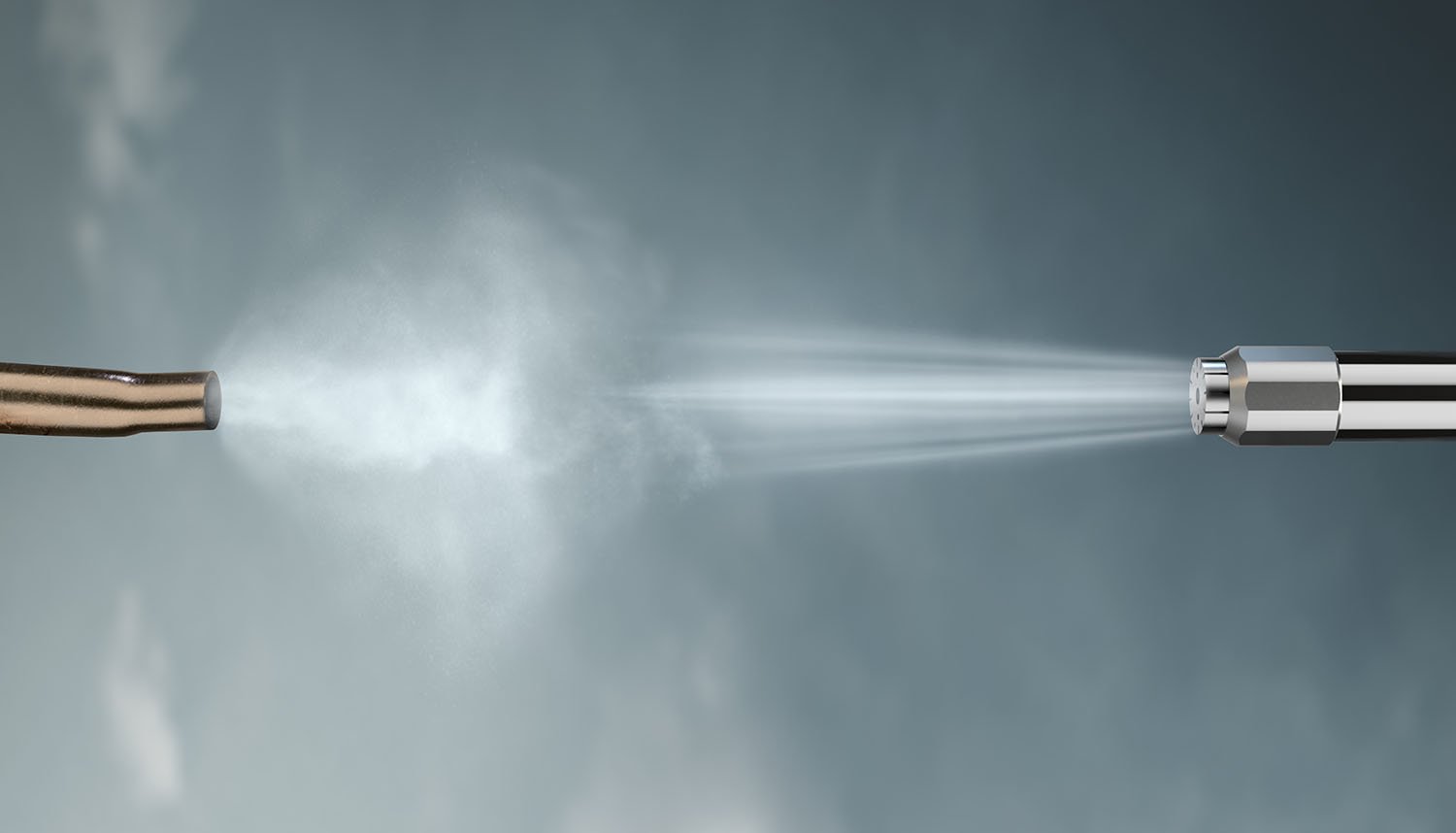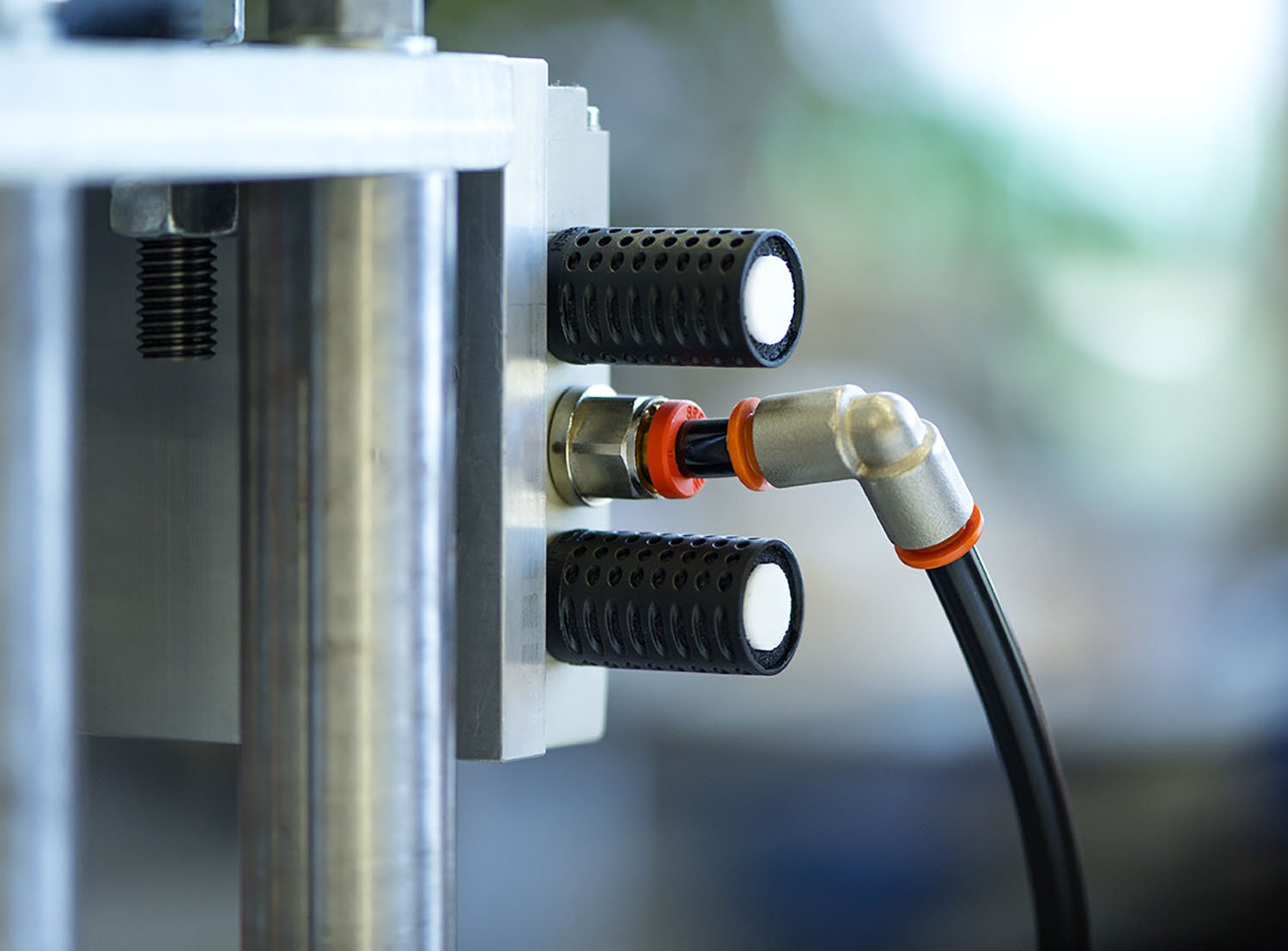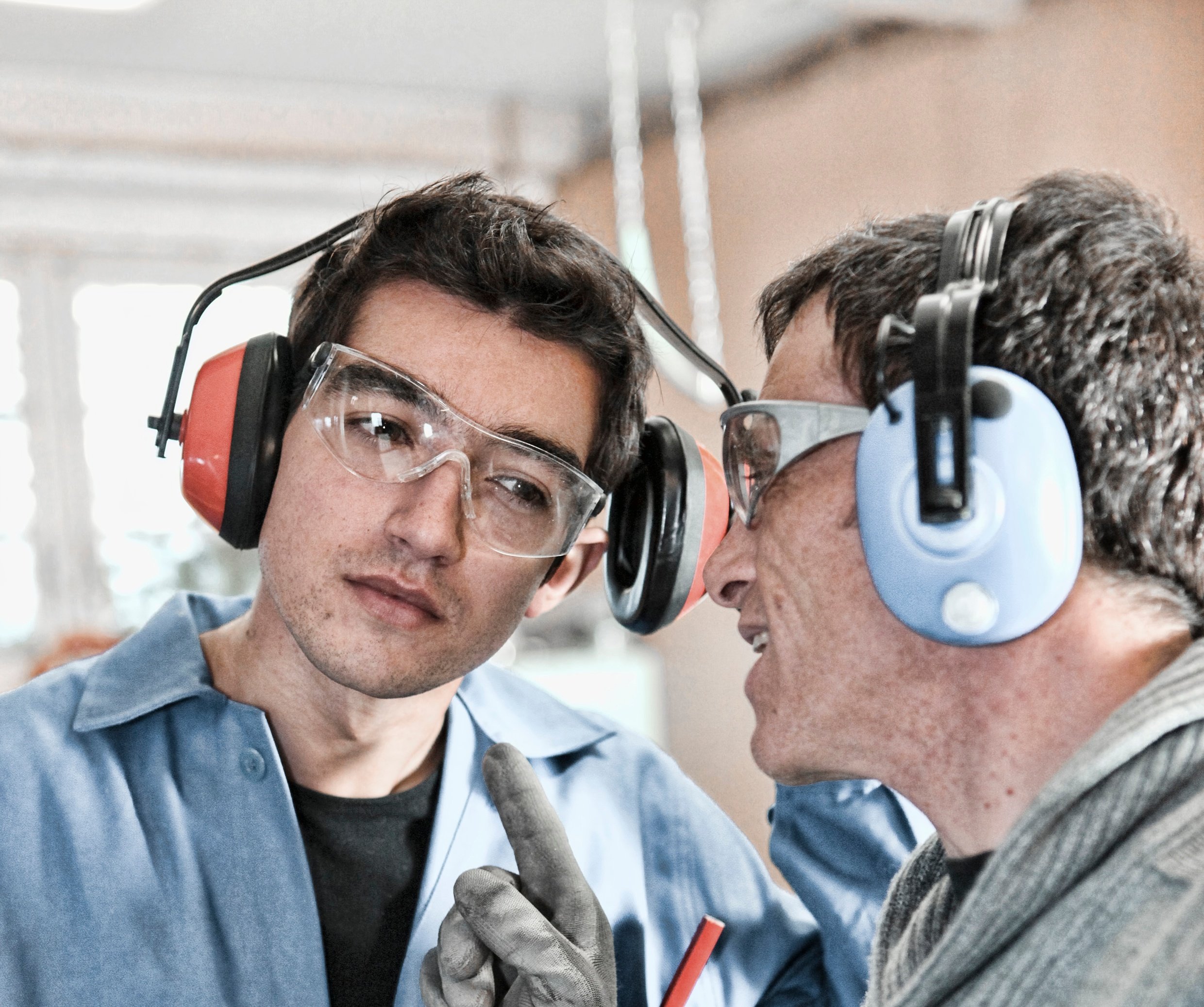It is common that companies choose to install open pipes for blowing. It is simple and functional, but often an in-efficient solution. Sometimes, even nozzles designed for liquids are used in an attempt to optimize compressed air. But, in most cases, liquid nozzles have the opposite effect on compressed air efficiency because they use a different technique for efficient liquid spray. When blowing with compressed air it is important to use air nozzles with a special blowing technique developed for compressed air blowing.
With blowing applications, it is important to think of the following four parameters to reach the best possible blowing effect:
- Blowing force
- Blowing pattern
- Blowing distance
- Blowing angle
If these are considered, it is possible to save 35% of the compressed air.
Open pipes can be costly
Using an open pipe for blowing with compressed air may seem like a cheap and functional solution, but it can become costly fast. With our experience, from a lot of blowing applications at our customers, we conclude that 90 percent of “open pipe” solutions are over dimensioned. Over dimensioned open pipe blowing results in high energy usage, and more cost than necessary for the company.

